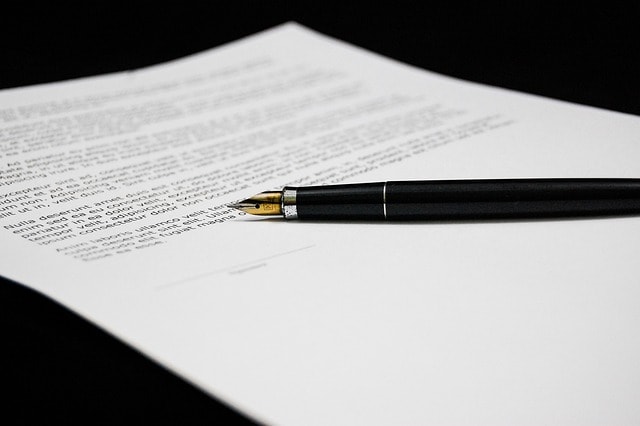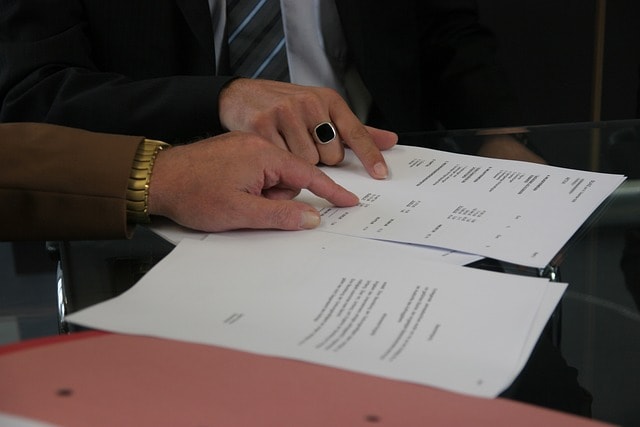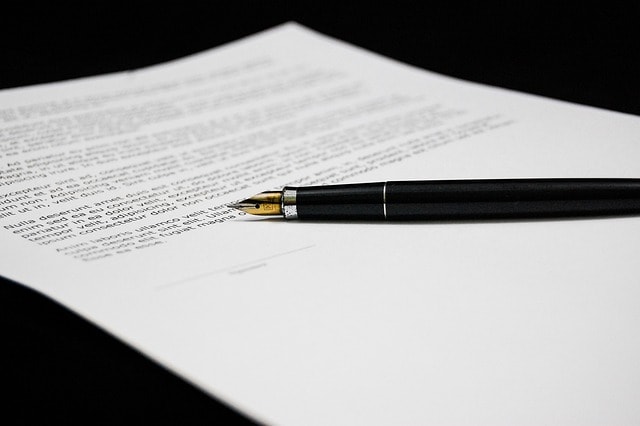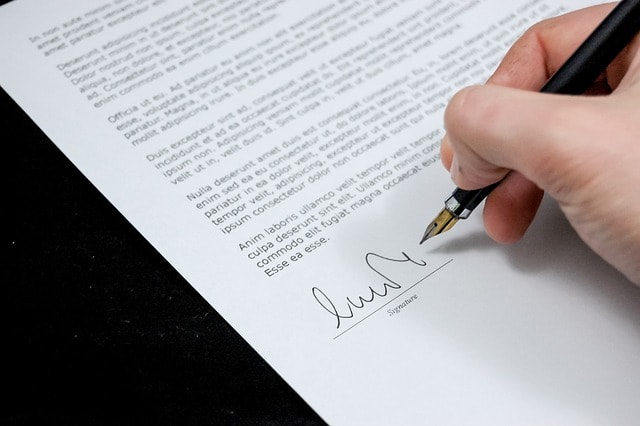How To Create Your Own CA Lease Agreement

What is a Lease Agreement?
A lease agreement is a contract between a landlord and tenant outlining their rights and responsibilities for a residential or commercial property.
It formalizes the terms of a rental property, including rent, security deposit, and the responsibilities of both parties.
A lease agreement, or a rental contract or rental agreement, is essential for ensuring legal obligations and tenant protections are met.
Types of Lease Agreements

- Residential Lease Agreement: a lease specific to residential property rental, outlining the terms and conditions of a tenancy.
- Commercial Lease Agreement: a lease used for leasing a property for business purposes.
- Month-to-Month Lease: a low-commitment alternative with a 30-day notice period.
- Standard Lease Agreement: used to formalize rental rights and responsibilities.
- Sublease Agreement: allows a sublessor to rent property to a sublessee.
Required Disclosures and Laws

- Asbestos: landlords must notify tenants of asbestos presence and location.
- Bed Bug Addendum: landlords must provide an addendum to new and existing tenants, including information on prevention and notification.
- Contact Details: Landlords must provide their name, address, and phone number, as well as the information of the property owner and property manager.
- Death: landlords must disclose if a death occurred within the property within the past 3 years.
- Demolition: landlords must notify tenants of planned demolition before finalizing the lease agreement.
- Flood Hazard: landlords must disclose if the property is in a high-risk flood area.
- Lead-Based Paint: landlords must disclose the potential risks of lead paint in properties built before 1978.
- Megan’s Law requires landlords to notify tenants of the California Department of Justice’s website for registered sex offenders.
- Methamphetamine Contamination: landlords must disclose if the property has been exposed to methamphetamine.
- Mold: Landlords must notify tenants of mold presence and provide a disclosure form if they are unaware of contamination.
- Pest Control: landlords must notify new tenants regarding existing pest control company contracts and any pesticides used on the property.
- Proximity to a Military Base: landlords must disclose if the property is within 1 mile of a military base.
- Smoking Policy: landlords must provide a disclosure outlining smoking rules and regulations.
- Utilities: landlords must provide information on shared utilities and cost-splitting formulas.
Rent, Security Deposits, and Lease Termination

- Rent Payments: landlords are not obligated to provide a grace period unless specified in the lease.
- Security Deposits: the security deposits maximum in California is two months’ rent for unfurnished units and three months’ rent for furnished units. Additionally, landlords must provide an itemized list when returning deposits and pay interest in rent-controlled cities.
- Lease Termination: landlords can use a 30-day notice to terminate a monthly tenancy that’s lasted less than a year, or a 60-day notice if the tenancy has been in effect for one year or longer.
Creating a Comprehensive Lease Agreement

- A comprehensive lease agreement includes additional terms and conditions, providing more detail on the responsibilities of both parties.
- It can include clauses for pets, smoking, and more.
- Landlords can use a template to create a comprehensive lease agreement.
Tenant’s Rights and Responsibilities

As a tenant in California, you have certain rights and responsibilities outlined in the California Residential Lease Agreement. Some of your key rights include:
- The Right to a Habitable Living Space: Your landlord must maintain the property safely and livable. This means ensuring the property meets health and safety standards, including working plumbing, heating, and electrical systems.
- The Right to Quiet Enjoyment: You are entitled to peaceful possession of the property without interference from the landlord. This means the landlord cannot enter your rental unit without proper notice, except in emergencies.
- The Right to Request Repairs and Maintenance: If something in your rental unit needs fixing, you can request repairs. The landlord must respond to your requests promptly to ensure the property remains habitable.
- The Right to Withhold Rent: If the landlord fails to maintain the property, you may have the right to withhold rent or deduct the cost of repairs from your rent. However, this should be done by California law to avoid legal issues.
Some of your key responsibilities include:
- Paying Rent on Time: You must pay your rent by the due date specified in the lease agreement. Late payments can lead to penalties or even eviction.
- Maintaining the Property: You are responsible for keeping the property clean and tidy. This includes disposing of trash properly and promptly reporting any damage or needed repairs to the landlord.
- Respecting the Terms of the Lease Agreement: You must comply with all the terms and conditions outlined in the lease agreement. This includes rules about pets, smoking, and other property-specific regulations.
- Providing Notice Before Moving Out: If you plan to move out, you must give the landlord written notice as specified in the lease agreement. This helps ensure a smooth transition and allows the landlord to find new tenants.
Understanding your rights and responsibilities as a tenant in California is crucial for a smooth and successful tenancy. Adhering to these guidelines can foster a positive relationship with your landlord and enjoy a hassle-free rental experience.
Common Lease Agreement Mistakes
When creating a lease agreement, it’s essential to avoid common mistakes that can lead to disputes and legal issues. Here are some common lease agreement mistakes to watch out for:
- Failing to Specify the Length of the Lease Term: Not clearly defining the duration of the tenancy can lead to confusion and disputes. Ensure the lease agreement specifies whether it’s a fixed-term lease or a month-to-month arrangement.
- Not Including a Clear Description of the Rental Property: A detailed description of the rental property, including its condition and any included personal property, helps prevent disputes over the state of the property at move-in and move-out.
- Failing to Outline Responsibilities: Clearly define the landlord’s and tenant’s responsibilities regarding maintenance and repairs. This helps avoid confusion and ensures both parties know their obligations.
- Not Including a Provision for Rent Increases: Specify how and when rent increases can occur. This helps prevent disputes over unexpected rent hikes during the tenancy.
- Failing to Specify the Notice Period for Terminating the Lease Agreement: Clearly outline the notice period required for terminating the lease. This helps avoid disputes over move-outs timing and ensures both parties are on the same page.
To avoid these mistakes, using a comprehensive lease agreement template that includes all the necessary provisions and terms is essential. It’s also a good idea to have a lawyer review your lease agreement before signing it to ensure it’s legally binding and compliant with California law.
Some other common lease agreement mistakes include:
- Not Conducting a Thorough Background Check on Prospective Tenants: Skipping background checks can lead to problems with rent payments and property damage. Always screen prospective tenants carefully.
- Not Providing a Clear and Concise Lease Agreement: A well-drafted lease agreement should be easy to understand.Steer clear of legal jargon and focus on making every term crystal clear. This approach not only enhances understanding but also builds trust and confidence in your message. Clear communication is essential for effective connections!
- Not Keeping Accurate Records of Rent Payments and Maintenance Requests: Maintain detailed records of all rent payments and maintenance requests. This helps prevent disputes and provides a clear history of the tenancy.
- Not Providing a Security Deposit Receipt: Always provide a receipt for the security deposit. This helps avoid disputes over its return at the end of the tenancy.
By avoiding these common lease agreement mistakes, you can ensure a smooth and successful tenancy and minimize the risk of disputes and legal issues.
Landlord’s Responsibilities and Entry
- Landlords must provide reasonable notice before entering a rental unit, with 24 hours’ notice considered reasonable.
- Landlords may enter a unit without notice for emergency purposes.
- The landlord must provide notice before entering the unit unless it’s an emergency.
Downloading and Customizing Templates
- California lease agreement templates are free and can be used for various types of leases, including residential and commercial.
- The templates are designed to be easy to use and understand, making it simple for landlords and tenants to navigate the leasing process.
- Landlords can customize the templates to fit their specific needs and property requirements.
Related Terms: residential rental properties, property owner, withholding rent, monthly rent, Legal Experts













